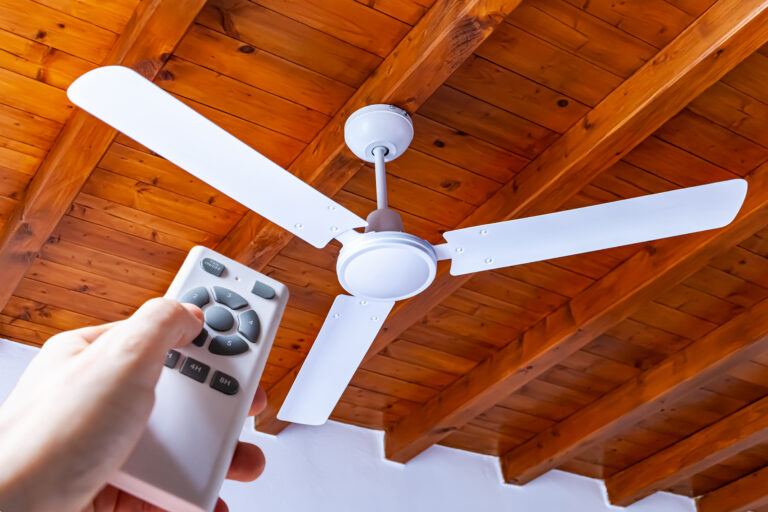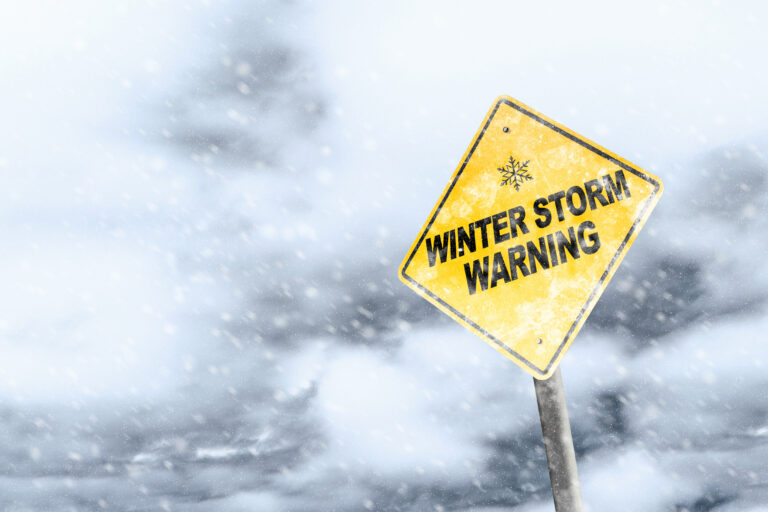Climate Change Is Turning a Seasonal Problem Into a Year-Round Struggle
If you feel like your seasonal allergies are hitting earlier, lasting longer, and becoming harder to manage, you’re not imagining things. Changing temperatures brought on by climate change are directly affecting the length and severity of allergy seasons. In many parts of the country, what used to be a few weeks of discomfort in the spring or fall is now stretching into months—and it’s likely to keep getting worse.
Warmer weather is extending the growing season for trees, grasses, and weeds, which means they’re producing pollen over a longer period. Pollen counts are also climbing higher, especially in urban areas where rising carbon dioxide levels fuel plant growth. As a result, allergy sufferers are experiencing more days with moderate to high pollen levels, and the relief that used to come with the changing seasons is becoming harder to find.
Earlier Starts and Later Ends
In many regions, allergy season now starts earlier in the spring and ends later in the fall. Trees are beginning to bloom weeks ahead of schedule, and plants like ragweed—which typically peak in late summer—are now pollinating well into autumn. This extended pollen production means longer exposure to allergens for those with hay fever, asthma, or other respiratory conditions.
In addition to starting sooner, many allergy seasons are becoming more intense. Studies have shown that warmer temperatures and increased CO₂ levels don’t just make plants grow longer—they also make them produce more pollen. That means every breath you take during allergy season could contain more irritants than in previous years.
More CO₂, More Pollen
One of the major drivers of this change is the increase in carbon dioxide in the atmosphere. Higher CO₂ levels act as a fertilizer for plants, especially fast-growing weeds like ragweed. These plants not only thrive in warmer, urban environments, but they also churn out significantly more pollen under high-CO₂ conditions.
For people with allergies, this creates a double whammy: a longer growing season and stronger allergens. It’s a troubling trend that researchers say will likely continue as the planet warms—particularly if greenhouse gas emissions aren’t curbed in the coming decades.
Health Effects Go Beyond Sneezing
Longer allergy seasons don’t just mean more sniffles—they also increase the risk for people with asthma and other chronic respiratory issues. Higher pollen levels can trigger more frequent and severe attacks, send more people to emergency rooms, and reduce overall quality of life.
Even for those without pre-existing conditions, long-term exposure to allergens can lead to new sensitivities over time. That means more people could develop seasonal allergies in the future, adding to the public health burden.
What You Can Do to Stay Ahead of the Season
Managing allergies in a changing climate requires a proactive approach. Doctors recommend starting allergy medications early—sometimes even before symptoms begin—and keeping an eye on daily pollen forecasts. Using high-efficiency air filters, keeping windows closed during high pollen days, and showering after being outdoors can help reduce exposure.
But while personal strategies help, experts agree that addressing the root cause—climate change—is critical. Without action to limit emissions and slow warming, allergy seasons will likely continue to get longer, stronger, and harder to manage.
So if it feels like allergy season never ends, you’re not wrong. Our changing climate is giving plants more time to grow and more power to irritate—and our noses are paying the price.


